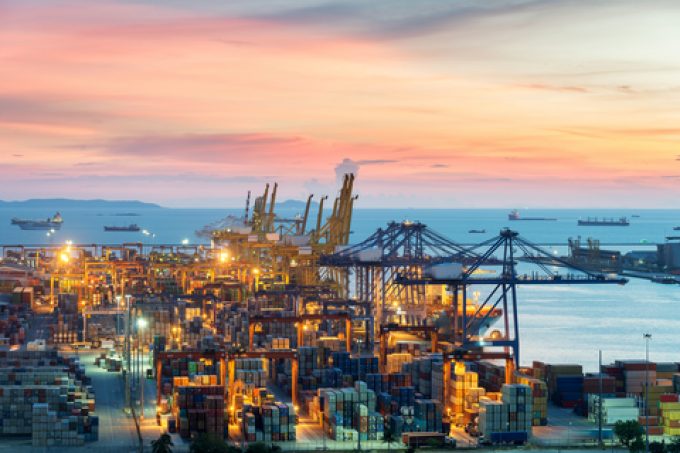Chinese container makers reveal surge in orders
China International Marine Containers (CIMC), the largest container manufacturer, said that container orders were up ...

Thailand’s container shortage is playing havoc with supply chains as carriers prioritise capacity in neighbouring China and Vietnam, say cargo owners.
The Thailand board of trade estimates the country had a shortage of 1.5m containers in 2020, according to the Bangkok Post, prompting the government to intervene by promising to subsidise import fees for empty boxes for up to six months.
While the impact of equipment shortages is felt worldwide, Thailand is also suffering stiff competition from rival Asian exporters, according to ...
European port congestion now at five-to-six days, and getting worse
Keep our news independent, by supporting The Loadstar
'Cargo collision' expected as transpacific capacity tightens and rates rise
Houthis declare blockade of port of Haifa – 'vessels calling will be targets'
Another CMA CGM vessel heading for Suez Canal – 'to mitigate schedule delay'
Ocean rates rise after tariff pause acts as 'starting gun' for more front-loading
Navigating supply chain trends in 2025: efficiency, visibility, and adaptability
News in Brief Podcast | Week 20 | 90-day countdown, India and Pakistan

Comment on this article